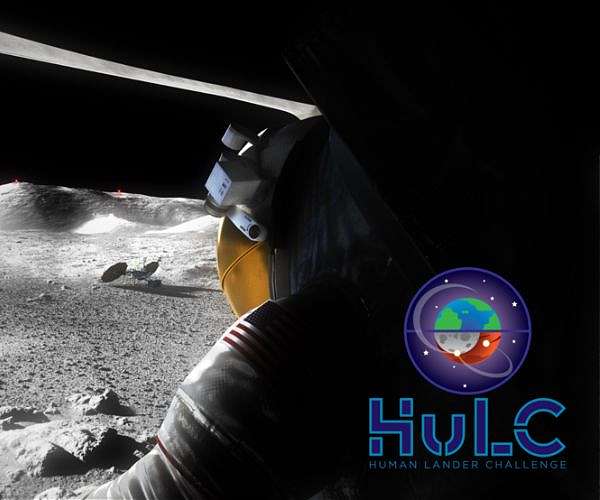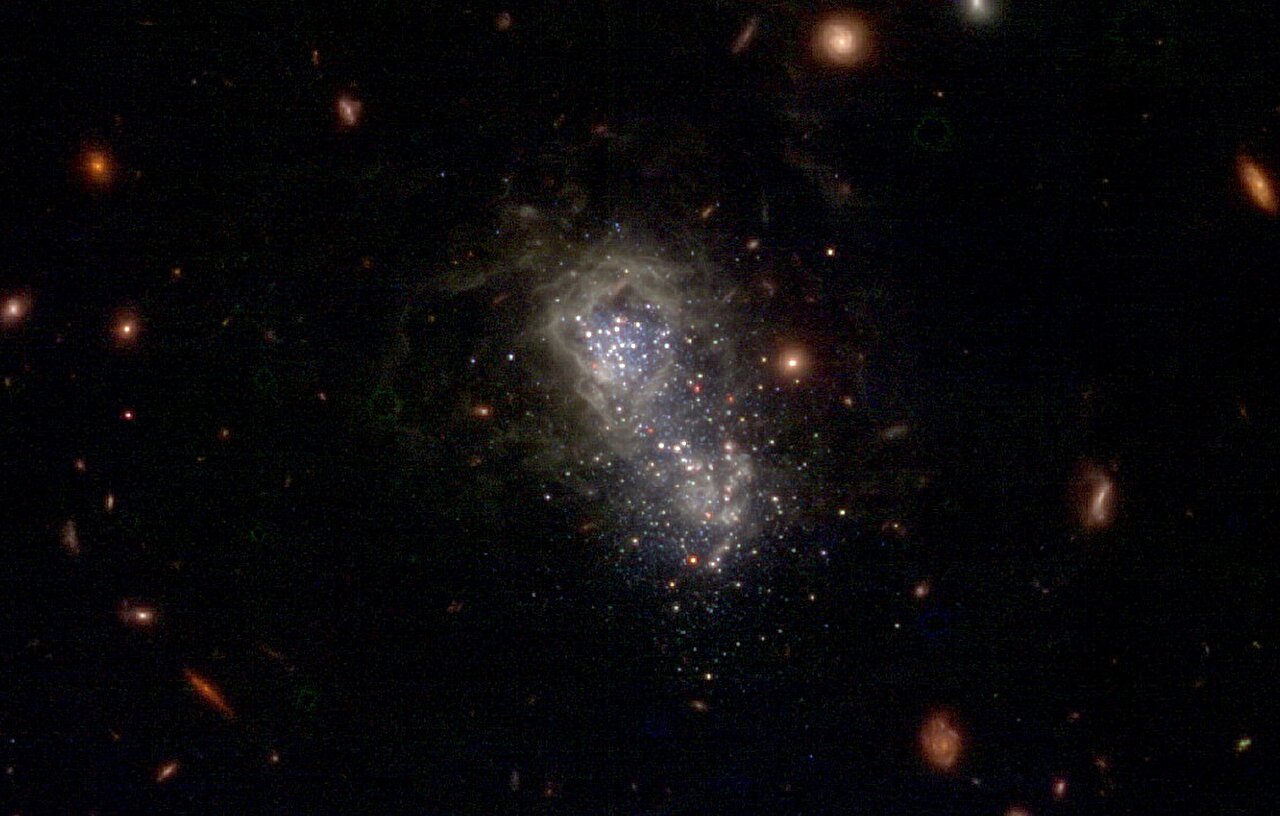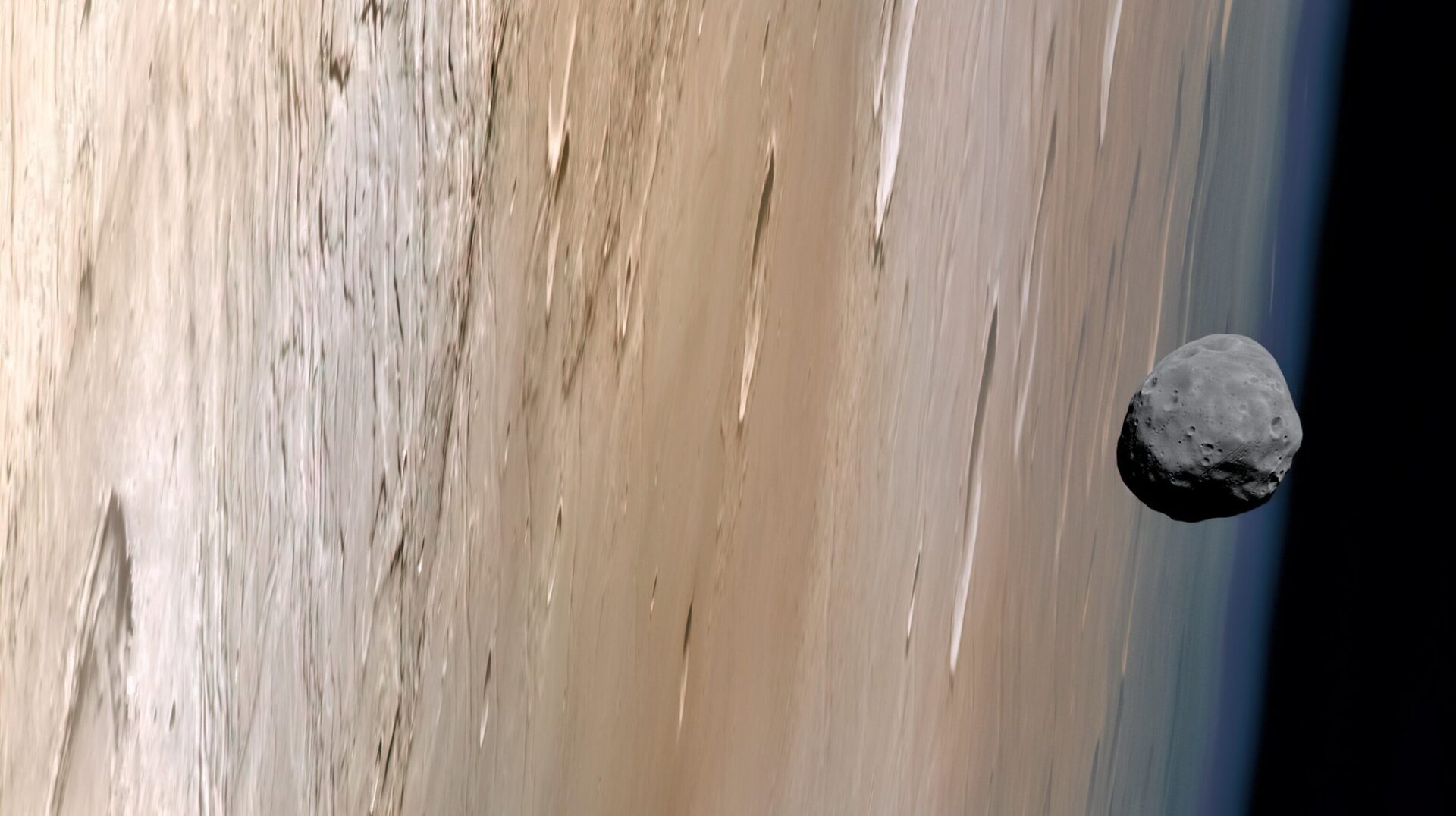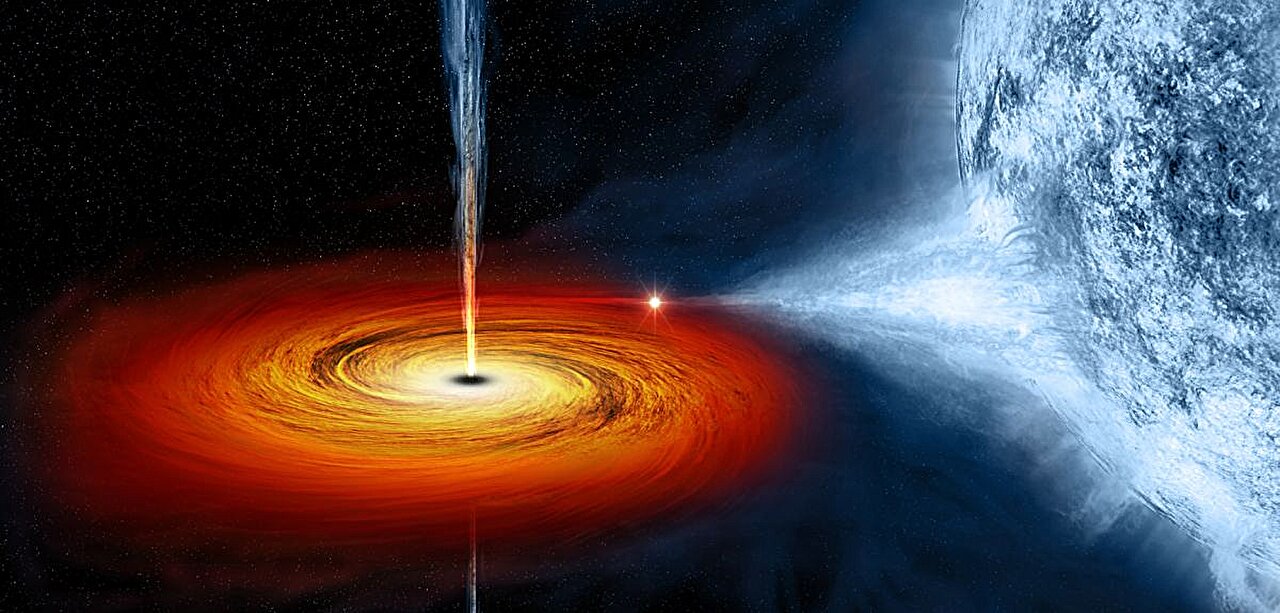NASA Opens Submissions for 2025 Human Lander Challenge Targeting Cryogenic Solutions
by Clarence Oxford
Los Angeles CA (SPX) Aug 14, 2024
NASA’s Human Lander Challenge (HuLC) is now accepting submissions for its second year. As part of NASA’s Artemis campaign, which aims to return astronauts to the Moon and prepare for future Mars missions, the agency is seeking innovative ideas from college and university students. This year, the focus is on developing cryogenic propellant technologies for human landing systems.
For the 2025 HuLC competition, student teams are encouraged to propose cutting-edge solutions for in-space cryogenic liquid storage and transfer systems, critical for future missions that extend beyond low Earth orbit.
“The HuLC competition represents a unique opportunity for Artemis Generation engineers and scientists to contribute to groundbreaking advancements in space technology,” explained Esther Lee, an aerospace engineer who leads the navigation sensors technology assessment capability team at NASA’s Langley Research Center in Hampton, Virginia. “NASA’s Human Lander Challenge is more than just a competition – it is a collaborative effort to bridge the gap between academic innovation and practical space technology. By involving students in the early stages of technology development, NASA aims to foster a new generation of aerospace professionals and innovators.”
Mission Goals
Through the Artemis program, NASA is working to send the first woman, first person of color, and first international partner astronaut to the Moon, establishing long-term lunar exploration and science opportunities. These astronauts will use a commercial Human Landing System to descend to the lunar surface, a program managed by NASA’s Marshall Space Flight Center in Huntsville, Alabama.
Cryogenic propellants like liquid hydrogen and liquid oxygen are vital to NASA’s future exploration and science missions. These super-chilled substances must remain at extremely low temperatures to stay in a liquid state. However, current systems can only maintain these temperatures for a few hours, making long-term storage a significant challenge. For NASA’s Human Landing System mission architecture, extending storage duration from hours to months is essential for mission success.
“NASA’s cryogenics work for HLS focuses on several key development areas, many of which we are asking proposing teams to address,” said Juan Valenzuela, a HuLC technical advisor and aerospace engineer specializing in cryogenic fuel management at NASA Marshall. “By focusing research in these key areas, we can explore new avenues to mature advanced cryogenic fluid technologies and discover new approaches to understand and mitigate potential problems.”
Competition Details
Teams from U.S.-based colleges and universities interested in participating must submit a non-binding Notice of Intent (NOI) by Oct. 6, 2024, with full proposal packages due by March 3, 2025. Following evaluations, up to 12 finalist teams will receive a $9,250 stipend to further develop and present their concepts at the 2025 HuLC Forum in Huntsville, Alabama, near NASA Marshall, in June 2025. The top three teams will share a prize purse of $18,000.
Proposed solutions should focus on one of the following categories: On-Orbit Cryogenic Propellant Transfer, Microgravity Mass Tracking of Cryogenics, Large Surface Area Radiative Insulation, Advanced Structural Supports for Heat Reduction, Automated Cryo-Couplers for Propellant Transfer, or Low Leakage Cryogenic Components.
NASA’s Human Lander Challenge is sponsored by the Human Landing System Program within the Exploration Systems Development Mission Directorate and managed by the National Institute of Aerospace.
For more details on NASA’s 2025 Human Lander Challenge and how to participate, visit the HuLC website.
Related Links
Human Landing System
Space Tourism, Space Transport and Space Exploration News




